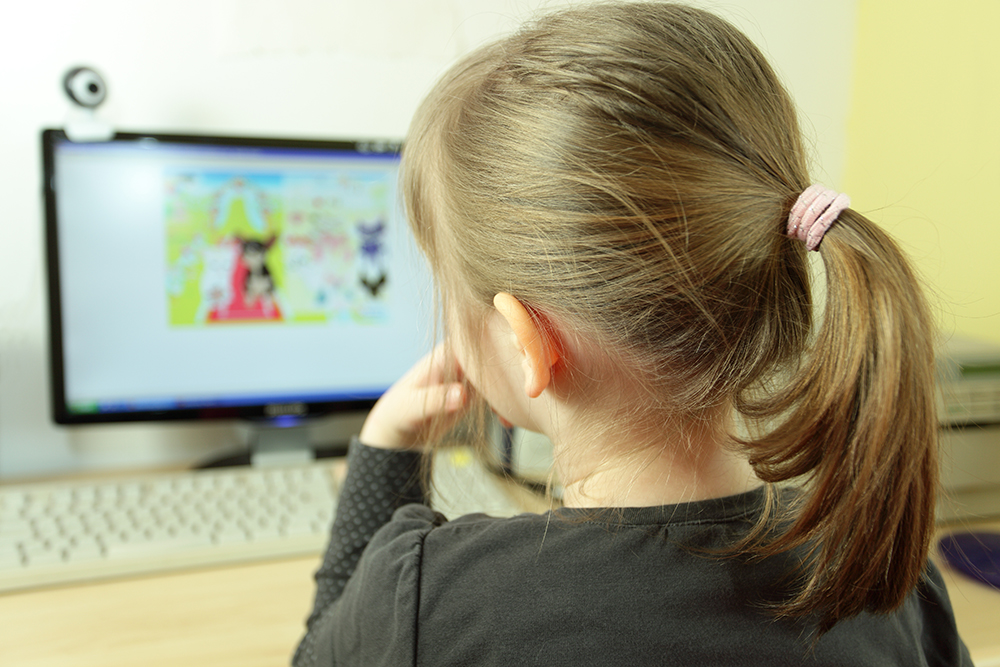We all might agree that times have changed and children have a lot more screen time each day than ever before through the use of television, computer, video games, smartphones and iPads, just to name a few.
Studies have shown that children ages 8 – 18 years now spend an average of over 7.5 hours a day with some type of media. According to a 2009 study by The Nielsen Company, children ages 2-5 years are consuming an average of more than 32 hours weekly of TV time. This study also found that, in general, TV viewing among American children ages 2 – 11 years is at an eight-year high.
There are many reasons for concern with too much screen time. Excess screen time can cause a range of cognitive and physical issues for children such as shorter attention span, increased risk of obesity and sleep problems.
Time children spend in front of the television or video games can take away from time that is spent engaging in activities and interacting with people, and according to the American Academy of Pediatrics, is what most efficiently helps toddlers grow and develop. Children are not focused on relating to others or creative play when they are focused on screens.

Although, one point to recognize is that not all screen time is bad. Using the computer or iPad to do research for a school project or using the Nook tablet/Kindle to read a book is a positive use of screens. The type of screen time that is important to monitor and cut down on is that which replaces physical activity and socializing with family and friends. For young children, screen time that involves a parent watching and interacting with the child about the video or educational app can be beneficial. Parents can enhance the learning from the app and provide verbal interaction with their child. For example, if the app is teaching about colors, the parent could point out the colors of the things around them at the time.
Strategies for cutting down on screen time:
- Make gradual changes by cutting back an hour each week.
- Put TV’s and computers in a central location and out of children’s rooms, it will be easier to monitor screen time.
- Encourage doing other activities such as puzzles, board games, playing outside or reading a good book.
- Create a schedule for screen time, sit down with your family and make a daily or weekly schedule for screen time that works with everyone’s schedule.
- No screens during homework time, unless it is required or necessary.
- No screens during meal times, this is a great time to talk with each other rather than being disengaged with screen distractions.
- Be consistent, stay calm and remind your children why these limits are important.
- Keep track of your own screen time so you can be a positive example to your children.
Digital devices are a big part of our lives whether we want them to be or not. This is true for both children and adults. Digital technology is here to stay and offers great benefits in many areas of our lives. What’s important is to stay in touch with the many other aspects of our lives and our children’s lives. As parents and caregivers, we have the important job of making sure to continue to include face to face interaction, hands on creative experiences and the world around us to help our children grow. It is more important than ever to ensure children get the physical activity and time outside in nature that they truly need. Making sure that there is a balance between screen time and the many other needs of children (and adults) can make a big difference in living in this ever increasing world of technology.
